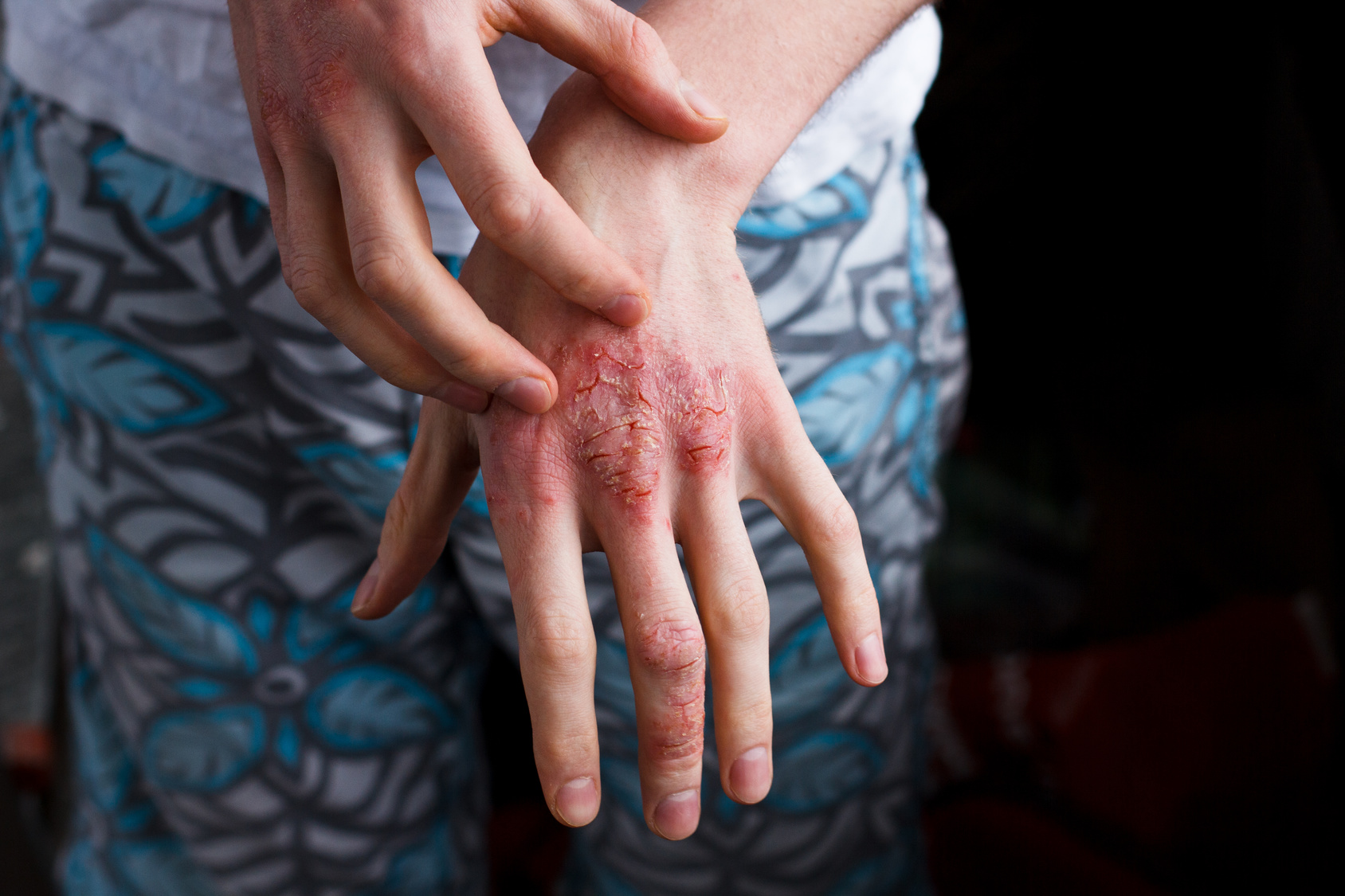by Doug Carter
Nurse Practitioner is now the #1 ranked job in healthcare and #2 in the nation across all industries (US News & World Report Job Rankings for 2017, 1/12/17). Regardless of profession, no job gains such a high distinction without becoming a “win-win” for both those who do that job and those who understand the value of what that role brings to their organization.
There’s arguably no better time for NP’s to call their own shots, and conversely, no better time for healthcare administrators to apply this talent solution for the best opportunity to meet their community’s need for care.
Collaboration is Key
In order to understand the value of nurse practitioners within our healthcare delivery system, it’s important to first understand how they’ve gained the respect of other providers by successfully embracing their role within today’s collaborative settings.
It wasn’t long ago that many M.D.’s and their respective advocacy groups widely questioned the validity of nurse practitioners in a number of forums. However, those concerns have diminished in recent years. Nurse practitioners have gained respect from within, doing an outstanding job in proving their worth amongst peers, who together work toward a shared goal in the care of others.
There’s now acceptance of the fact that the success of our healthcare delivery system lies at the intersection of revenue & access to care; requiring a collaborative “team” solution in order to maximize a facility’s ability to meet both of those needs at the highest possible point of return.
The Proving Ground of Primary Care
According to the Henry J. Kaiser Family Foundation, 90% of nurses who become NP’s by completing their Master’s Degree originate from primary care settings. This is the ideal proving ground for new nurse practitioners because that’s exactly where they’re needed most as today’s physicians increasingly choose better paying opportunities outside of primary care.
Nurse practitioners are ideal within the scope of primary care’s growing demand for a number of reasons. They have the ability to provide care in a wide range of practice settings within all types of communities.
Rural areas of the country, specifically, remain hardest hit by our shortage of qualified providers. In rural areas, there are roughly 13 physicians per 100,000 people in comparison to 31 in urban areas, according to the National Rural Health Association. These communities have the highest rates of uninsured, underserved, aging, and vulnerable patients. However, when utilizing nurse practitioners, rural hospitals have been able to uphold satisfaction rates on par with physicians.
Healthcare executives and administrators praise the cost savings associated with utilizing NP’s as well.
“Nurse Practitioners play a critical role in the operation of our health center and in our Country’s primary care delivery network. Their skills, knowledge and commitment to the values of the nursing profession offer our patients high quality, cost-effective primary care,” says Ken Gordon, Chief Executive Officer at Coos County Family Health Services in Berlin, New Hampshire.
The rising costs of providing care are top of mind with all facilities. NP’s are more affordable to recruit, train, and retain in comparison to physicians.
A Bright Future
While the shortage of physicians becomes an unfortunate reality, the growth of nurse practitioners remains largely unhindered. Individuals choosing healthcare as a career see a faster, cheaper, and less bureaucratic route to reaching their goals by becoming an NP. On average a nurse practitioner requires only six years of education in comparison to the decade (or more) required to become a physician, depending on their choice of specialty.
Doctors are also strapped with higher debt upon their completion. In addition, our access to new physicians in the United States still arguably bottlenecks at the point of Medicaid- funded residencies through the national matching program. Even with sporadic state-level solutions to the problem and a continued political rhetoric geared towards shedding light on this longstanding issue of supply, we’ve been unable to keep up with our nation’s need for care. NP’s just don’t face the same uphill battle.
If you ask healthcare facilities to consider a larger pool of providers that bring 80%-90% of the skill set of doctors, they’ll take it. If the choice is a vacancy that equals lost revenue and inability to meet the healthcare needs of their community – or, a staffing solution that entails nurse practitioners – the choice is easy. In an urgent situation, with revenue-based healthcare delivery and the widespread reach required to meet increased numbers of patients in the US – NP’s make sense right now.
Doug Carter is a Partner at Ironside Human Resources. Ironside HR is a national healthcare recruitment firm based in Dallas, Texas, dedicated to meeting the needs of medical providers, executives, administrators, and the communities in which they serve. Doug can be reached at 214-785-2404
or doug@ironsidehr.com.
Disclaimer: The viewpoint expressed in this article is the opinion of the author and is not necessarily the viewpoint of the owners or employees at Healthcare Staffing Innovations, LLC.








